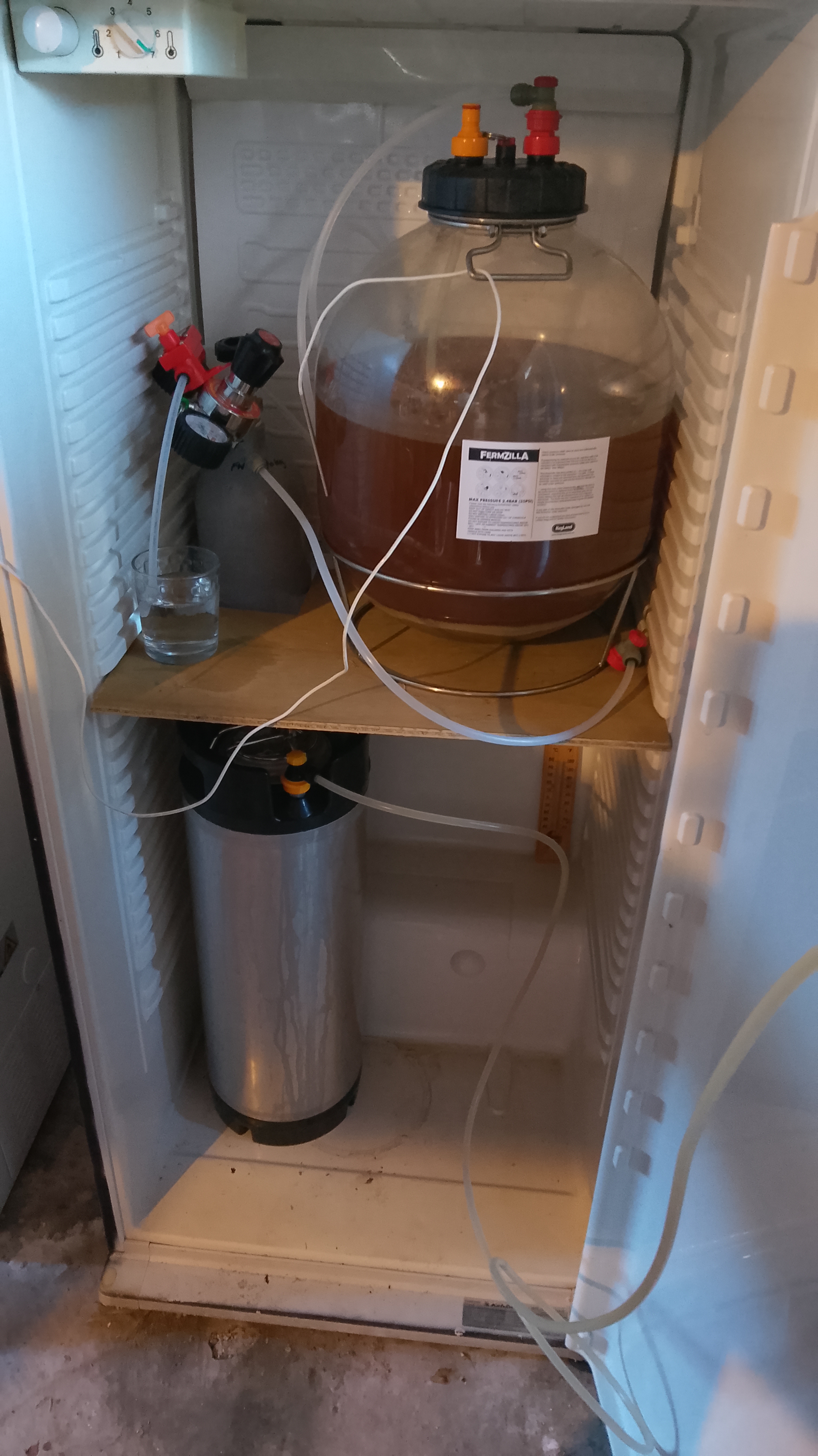LiamRick
Member
Hey guys, cant seem to find the answer to this question so thought id ask.
I was originally just going to do entire fermentation controlled at 10°c and wait it out, but then decided why not pressure ferment too.
My question is, is this harmful? Overkill, Unnecessary? Or actually good practice?
also, any idea on fermentation times? Should i ramp up temps at some point or keep it consistent at 10 until i reach my FG. I'm fine with waiting, more about getting a great tasting Czech Pilsner.
Using Diamond Lager Yeast which recommends all fermentations be pitched and controlled around 10 - 15, i cant see anywhere on their info about pressure fermentation's though although i have read people using it for pressure fermenting at ale temps.
Be good to hear all sides, anecdotally and objectively.
Thanks in advance,

additional q, does this look too dark for a czech pils? allbeit its only day 1
I was originally just going to do entire fermentation controlled at 10°c and wait it out, but then decided why not pressure ferment too.
My question is, is this harmful? Overkill, Unnecessary? Or actually good practice?
also, any idea on fermentation times? Should i ramp up temps at some point or keep it consistent at 10 until i reach my FG. I'm fine with waiting, more about getting a great tasting Czech Pilsner.
Using Diamond Lager Yeast which recommends all fermentations be pitched and controlled around 10 - 15, i cant see anywhere on their info about pressure fermentation's though although i have read people using it for pressure fermenting at ale temps.
Be good to hear all sides, anecdotally and objectively.
Thanks in advance,

additional q, does this look too dark for a czech pils? allbeit its only day 1



































![Craft A Brew - Safale S-04 Dry Yeast - Fermentis - English Ale Dry Yeast - For English and American Ales and Hard Apple Ciders - Ingredients for Home Brewing - Beer Making Supplies - [1 Pack]](https://m.media-amazon.com/images/I/41fVGNh6JfL._SL500_.jpg)




















